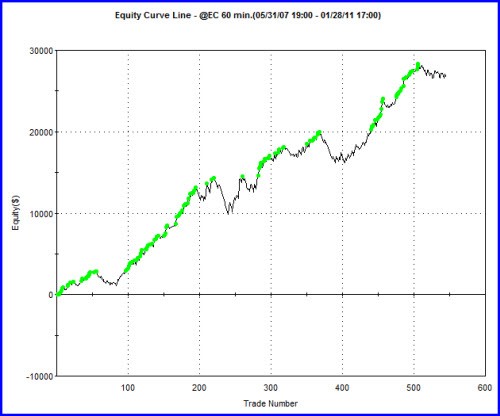Four Basic ETF Option Trading Strategies
Post on: 2 Май, 2015 No Comment

How To Use ETF Calls and Puts
You can opt-out at any time.
Please refer to our privacy policy for contact information.
As with equities and indexes, there are many ETFs that list options. And while there are many derivative strategies to utilize in conjunction with ETFs, here are four basic ways to utilize options. Whether you are looking for temporary exposure to a certain sector or looking to hedge current ETF positions in your portfolio, an ETF option may be the perfect asset for your investment strategy .
1. Buying a Call Option
A call option is the right to buy stock, or in this case an ETF. Up until the expiration date of the call, you have the right to buy the underlying ETF at a certain price known as the strike price.
For example, if you buy the Dec 80 OIH call (Oil ETF ), you have the right to buy that ETF for $80 at any time up until the third Friday in December. So if the OIH is trading at $90, you can buy it at $80. However, if the OIH never gets above $80 before December, your call will expire worthless. You wouldn’t exercise the right to buy the ETF at $80 when you can actually buy it for less than that.
While the price of each call option will vary depending on the current price of the underlying ETF, you can protect or expose yourself to upside buy purchasing a call. To break even on the long call trade, you just have to hope the ETF rises above the strike price and the purchase price of the call you bought. So if you buy the Dec 80 call for $2, you need the ETF to climb above $82 to break even. Anything over $82 is profit. If the ETF never gets above $80, your loss is $2 for every call you bought.
2. Selling a Call Option
When you sell a call, you take the opposite position of a call buyer. You want the ETF to go down. Using our example, if you sell the Dec 80 call for $2, you will make $2 on every call if the ETF price never rises above $80. However, if the ETF does climb above the break-even point of $82, you are liable to sell the ETF at $80 to the call owner and incur the loss.
Selling options is a more advanced trading strategy than buying options. When purchasing options, the maximum risk is the purchase price and the profit is unlimited to the upside. However when selling an option, the maximum profit is the sale price and the risk is unlimited. An investor should be very careful and very educated before selling options.
3. Buying a Put Option
There is a safer way to gain exposure or hedge the downside of an ETF than selling a call option. If you think an ETF will decline in value or if you want to protect downside risk, buying a put option may be the way to go. A put option is the right to sell an ETF at a certain price. Using our example, if you buy the Dec 80 put, you will have the right to sell the underlying ETF for $80 at any time before December. If the ETF trades at $75 anytime before December, you can sell it at $80 and profit on the difference in price. If the ETF stays above $80, then your put will expire worthless. You wouldn’t sell the ETF at $80 if it is trading at a higher price.
Again, you have to factor the purchase price into your equation. If the Dec 80 put is bought for $4, then your break-even point is $76 ($80-$4). So if the ETF is trading at $75, and you exercise your right to sell it at $80, you would make $1 on every option you bought. If the ETF never dips below $80 before the put expires in December, your loss will be the $4 purchase price on every option.
4. Selling a Put Option
When you sell a put option, you give the right to the put buyer to sell the ETF at the strike price at ay time before expiration. This is the opposite position of purchasing a put, but similar to buying a call. You want the ETF to rise or stay above the strike price.
Using our example, if you sell the Dec 80 put for $4, you never want the ETF to go below $80 before the put expires in December. Or at least not below the break-even point of $76. If that holds true, you profit $4 on every put you sold. However, if the ETF drops below the break-even price, you will start to incur losses on every put that is exercised.
Again, it is important to note that selling options has more risk than buying options. That is not to say it isn’t profitable. The cost of that risk is factored into the price of an option. But if you are a beginner in the world of calls and puts, buying ETF options is the safer route.
While there are many more ways to incorporate ETF option strategies into your portfolio, these are the basics of trading ETF derivatives. Once you feel comfortable with the foundations of options trading, only then should you consider more intermediate or complex trading strategies like straddles and volatility arbitrage. Crawl before you walk.














